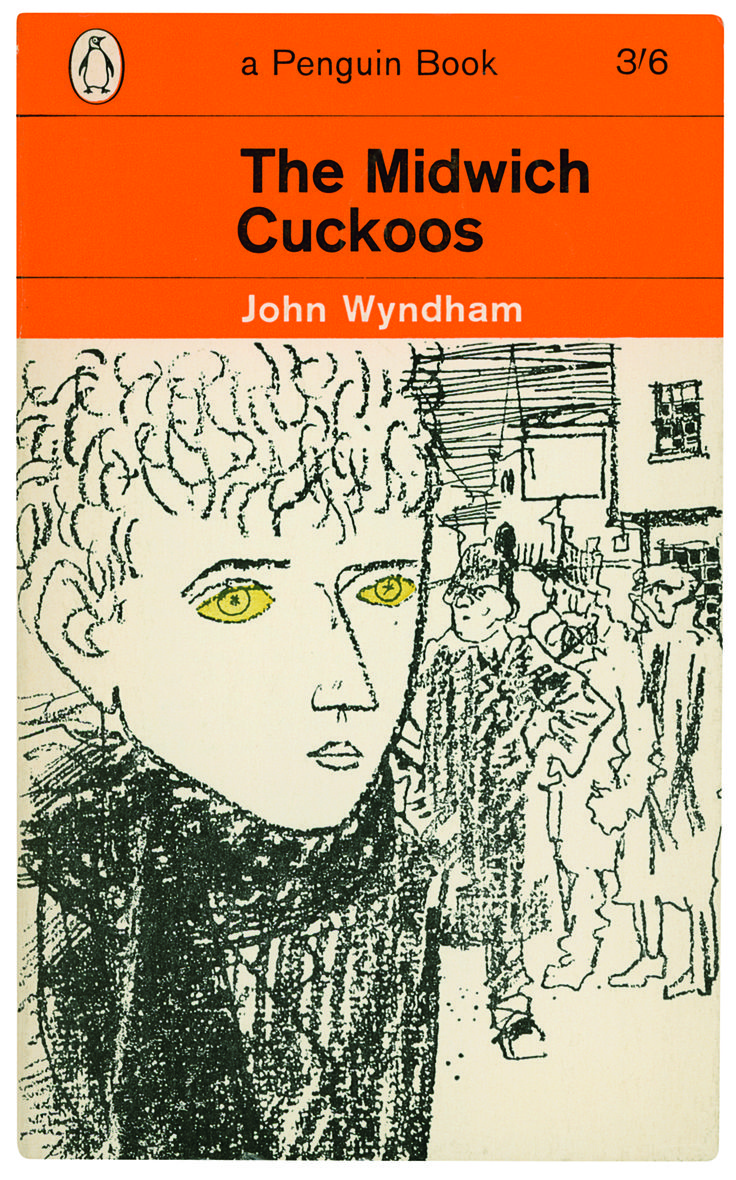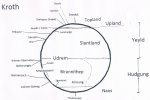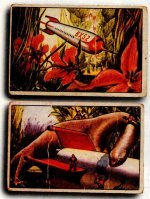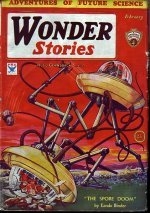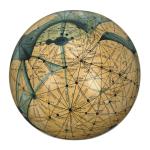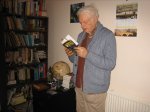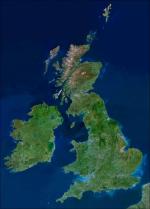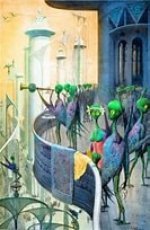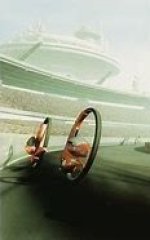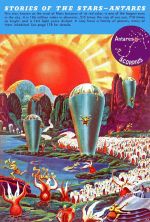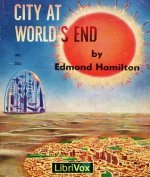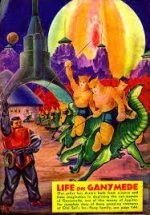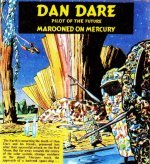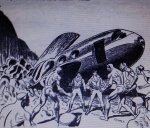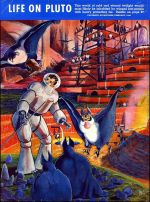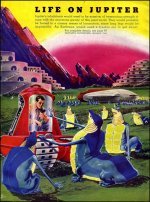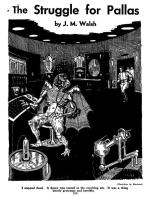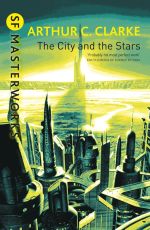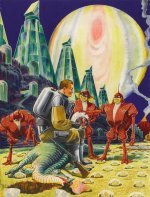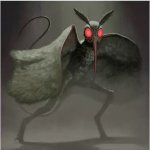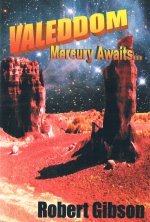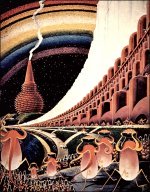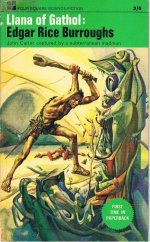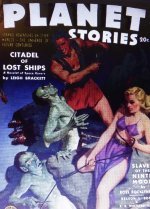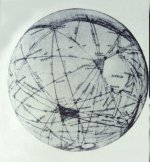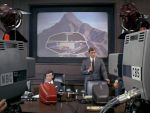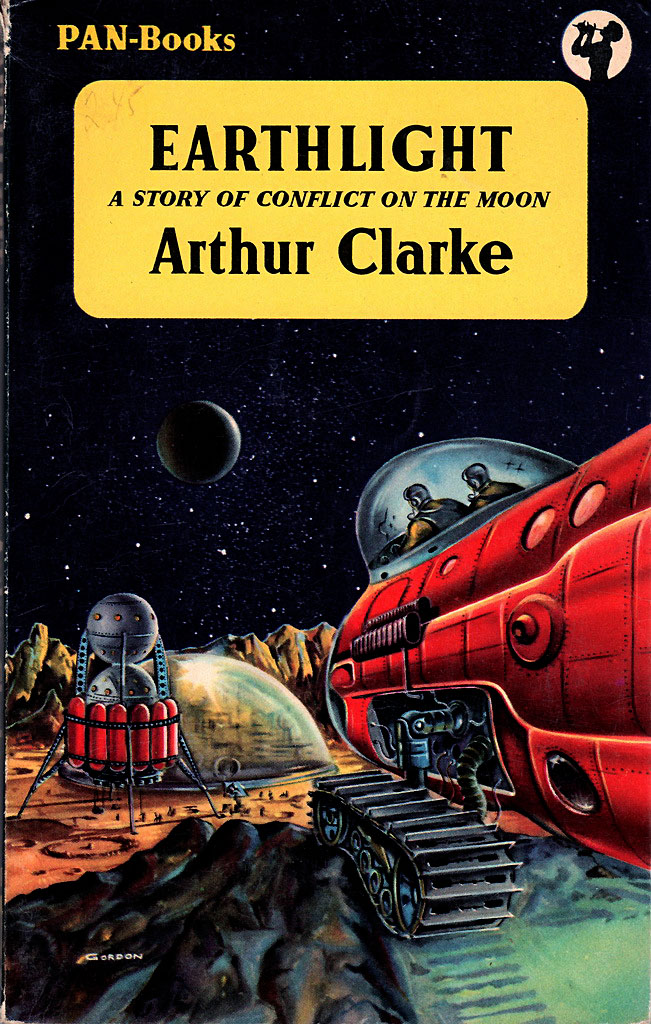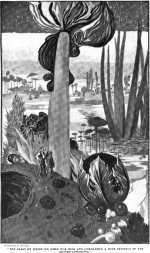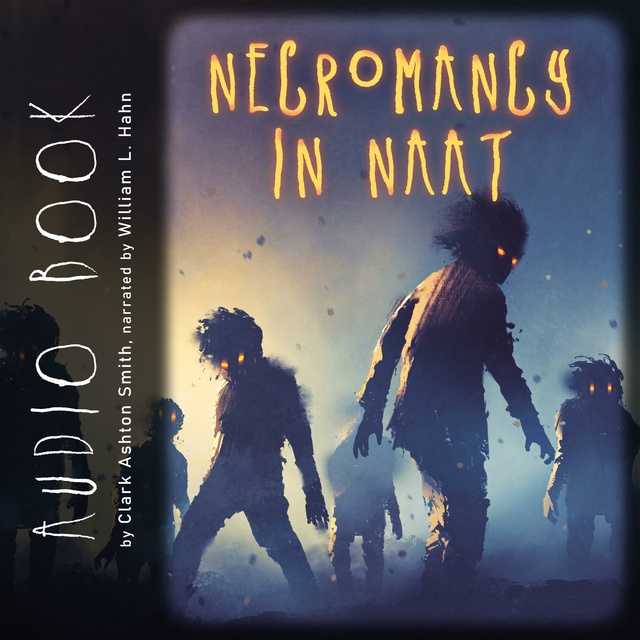a brief history of ooranye
7: the great fleet
[continued from 6: The Phosphorus Era]

The Decision
The frame of mind of the leaders of Syoom during the last few thousand days of Era 15 can be summed up as the growing consciousness that “it’s now or never”.
They knew that humanity on Ooranye was at the acme of its power. They knew that no more plundering of other dimensions like Chelth could ever again be risked. If ever the decision was to be taken to conquer the world for humankind, it must be taken some time soon, before Fyayman powers resurged. No future time would be as good as the present. And if nothing was done, would not future generations blame those who might have acted but chose instead to consider their own immediate comfort?
A considerable stock of the power looted from Chelth still lay in the vaults of the major cities of Syoom, but at current rates of use it would only last a few more lifetimes. After that, patrols would have to be cut drastically, and who knew how the powers of Fyaym would react to this sign of weakness in Syoom?
At this point some fainter voices were raised for the last time – voices that had unsuccessfully tried to get a hearing at various times during this long era. These critics argued that it was not too late to redeem the honour of Ooranye to some extent, by making an effort to return what was left of the plunder to Chelth. If even a fraction of the ill-gotten energy was somehow given back, perhaps the present generation would earn forgiveness for their world and obtain pardon for themselves and their descendants, from the wronged Other Dimension.
Belatedly, the few who took this line organized themselves into a group which could not even agree on a name, and were derisively nicknamed the Justies. They accepted this appellation, and went around trying to get support for their idea among the Noads.
The “justies” got nowhere. But who knows – if any trans-dimensional power can listen in to our universe, perhaps the mere fact that these dissenting voices were raised did something to make restitution.
The gamble which Syoom as a whole then undertook can be compared, faintly, with decisions taken at forking paths in Earth’s history. In the 1840s, in Victorian Britain, the decision was make not to protect agriculture from foreign competition but to allow the import of cheap food, to allow free trade that was bound eventually to let loose forces that would drive people off the land and into the cities, relying for their bread on imports, safeguarded by a powerful Navy policing the oceans… in short, a gamble to allow an economic wrenching, a distortion, for the sake of greatness. Whether the decision was seen in those terms in the 1840s is doubtful, for a whole generation was still to go by before the pinch was felt by British farmers, but in the case of the Uranian Phosphorus Era the analogous decision was consciously made, to abandon the unwritten stability pact with the silent, watchful forces of Fyaym.
The aim was to win mastery of the world. A Sunnoad was elected, the young and ambitious Noad of Vyanth, Fiarr Fosn, who now became Fiarr Fosn 723 and who was known to favour the plan to build a great, unified Navy of Syoom, a fleet of airships which would go forth and conquer the starlit hemisphere of Ooranye.
With the failure of the “justies”, only one voice of opposition remained. The Bank of Light strongly opposed the plan for the creation and launch of the armada. The Bank’s whole ethos favoured peace, retrenchment, and letting the future look after itself. When it became plain that their opposition, like that of the justies, was useless, the leadership of the Bank became divided as to what they should do next. Should they try to force the issue by releasing their accumulated store of calm at once, wastefully and possibly prematurely? Or should they wait and see what happened to the expedition, meanwhile keeping their contemplative power in reserve? After all, the expedition might succeed, in which case the Store of Light ought to be saved for some more urgent future crisis… In the end the Bank decided to watch and wait.
Doom of the Fleet
The navy was built. The greatest fleet of airships ever to take to the skies of Ooranye was launched with Fiarr Fosn in command. Part of the gamble was that reliance had to be placed upon sheer might rather than upon reconnaissance and intelligence, since to send out scouts and probes would be to alert forces which might oppose the Plan. The Sunnoad chose, therefore, to press on in blind strength.
So the captains flew outwards from Skyyon in all directions without any firm idea of what they would find. Fifteen hundred ships formed an ever-widening circle as the front line expanded, each commander hoping to meet and overwhelm some aspect of the defences of Fyaym. Radio-silence was abandoned. The ships kept openly in touch with one another, preferring the advantage of communication to that of surprise.
Somewhere deep in Fyaym, though still far from the mythic starlit polar land of Arclour, the fleet encountered Nemaean insectoid mounds the size of mountains. Battle ensued; in most cases the units of the fleet won the encounters. We can imagine Fiarr Fosn on the bridge of his flagship the Rezorpnint thinking, “So far so good.” Then a hostile mind must have made a decision to unleash a new order of weaponry against the armada from Syoom, for a few hours later the Syoomean captains were amazed to see ships apparently identical to their own coming to meet them across the plain.
A mirroring, tissue-melding power had formed billions of insectoid bodies into several thousand giant metal hulls, so that each Syoomean ship found itself faced with five or six foes of the same mass and design as itself, eager to ram. And after a ship had been knocked down from the sky, its attackers would dissolve once more into swarms – ravenous for metal – swooping to finish the destruction of the wreck.
We are not sure where the Rezorplint met its end. Some vessels turned tail to fly back the way they had come, trying to escape not out of cowardice but in order to save their homelands from this new force. Few managed to outdistance the Nemaean rammers. In one famous case a partially disabled couple of ships managed to reach the ground safely and their marooned survivors – officers, warriors, scientists – later founded the cities of Deev and Karth in the depths of Fyaym. There is a tradition among the descendants of these survivors, that what sustained them was the need above all to justify Fiarr Fosn’s gamble; the desperate need to believe that it had not all been for nothing. And of course this was true. Lessons had been learned about the capabilities of Fyaym; lessons which were never to be forgotten.
Nevertheless the disaster was unparalleled in Uranian history. The armada was virtually wiped out; seventeen ships escaped, out of the fifteen hundred. It was the one and only occasion on which Syoom has ever put forth its whole strength against Fyaym, and surely the attempt will never be repeated. (The Second Great Fleet, in Era 91, succeeded where the first had failed, because its objective was discovery rather than conquest.)
The Sulphur Era
Whereas the Phosphorus Era had lasted 14,626,687 days (595.9 Uranian years; 50,057 Earth years), the succeeding Sulphur Era lasted thirty-six minutes.
The enemy, having destroyed Syoom’s Grand Fleet, continued their victorious course towards Syoom itself. Insectoid blizzards swarmed against Syoomean outposts, overwhelmed and destroyed them, and continued their encroachment.
Much darkness had fallen upon Syoom in days of yore, in the long-gone Nitrogen Era, but now came the first time in history that Syoom had been attacked concertedly and simultaneously from all directions. Millions of people lost their lives to the Nemaeans, most of the victims being settlers and the descendants of settlers who in recent U-years had drifted further from central Syoom. The population increase of the later Phosphorus Era was more or less wiped out in this 36-minute holocaust.
The Chlorine Era
The
news of the massacres was relayed all over Syoom. The Bank of Light took action.
By some providential mercy it was guessed that the hoarded contemplative force could,
when released in a dense enough spurt, act to disorient the foe. During twenty-four
minutes – the length of Era 17 – the Bank’s vaults were emptied, the mental force
beamed at the invading swarms, causing the Nemaeans to spin and crash. A side-effect
was that a diffuse calm spread throughout Syoom, leading to a unique mood of exhausted
serenity in the face of disaster and deliverance.
